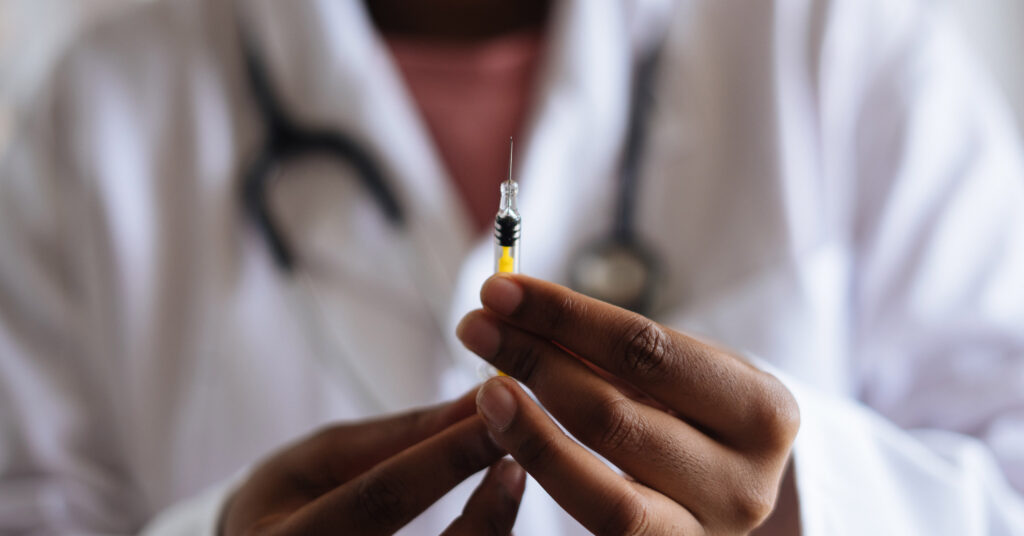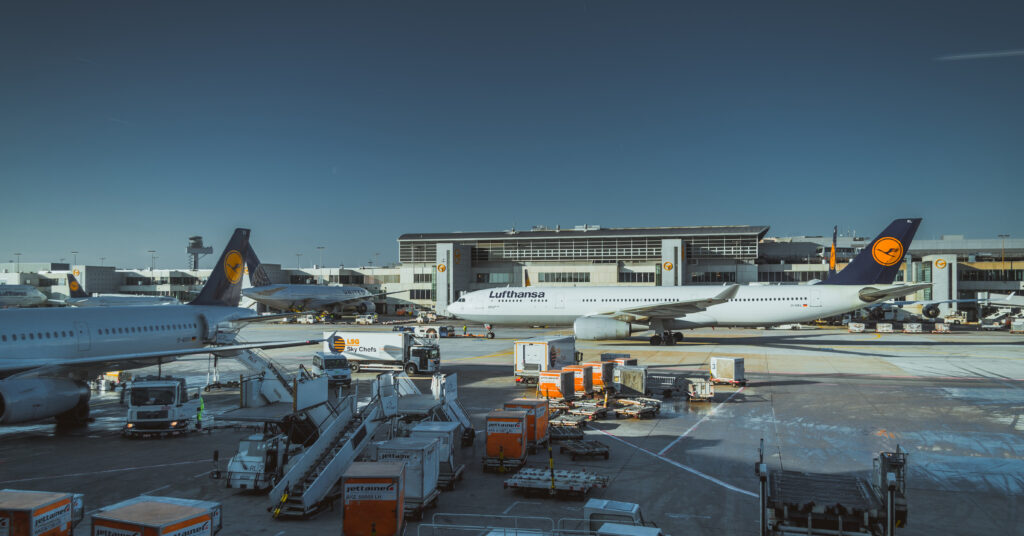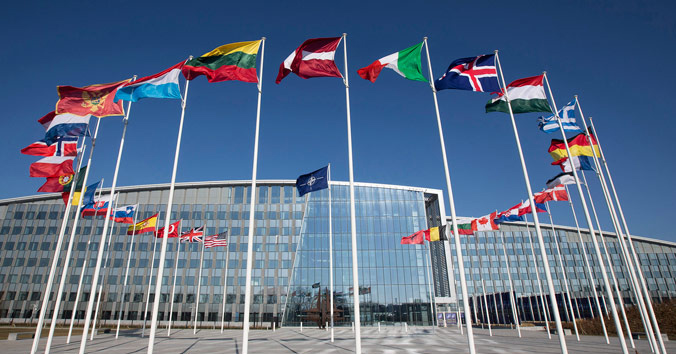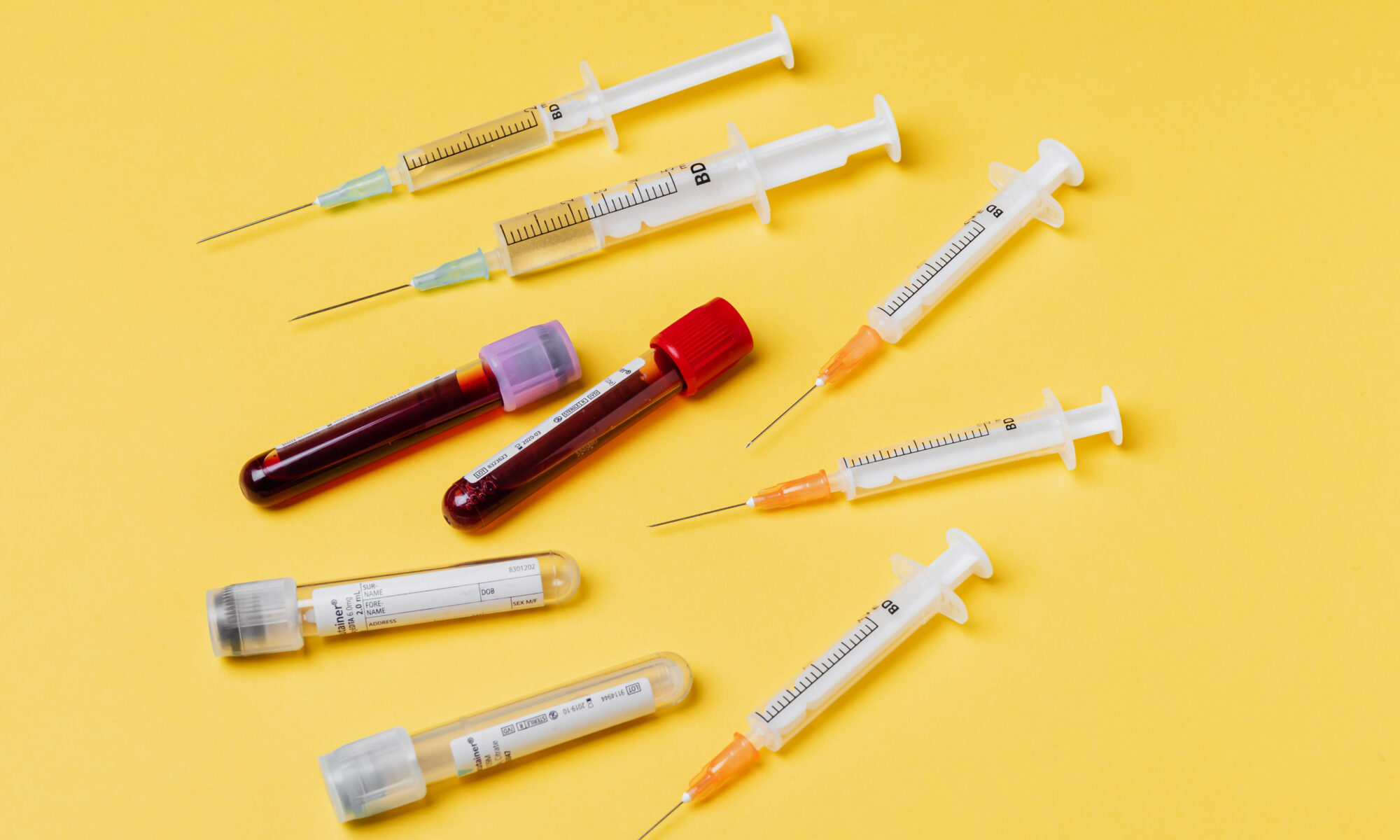Based on data from the World Health Organization (WHO), ten COVID19 vaccines are currently in phase 3 clinical trials. There are five European and American candidates, four Chinese candidates and one Russian candidate. The difference in approach to vaccine development is striking.
Western producers have opted either for existing vaccine structures or for new technologies such as mRNA and DNA vaccines. Chinese and Russian vaccines, however, often make use of classic and proven technologies, for example, based on an inactivated virus technology. Scientists expect several approved vaccines by Spring 2021. Therefore, it is high time to start preparing the organization the vaccination campaigns.
Four observations for distribution
At the beginning of September, we called on the governments to set up task forces to establish the protocols for the distribution and vaccination of the COVID19 vaccines. The past two months, we have focused, as a think tank of professors from the University of Antwerp and industry experts, on the logistical organization for the distribution of the corona vaccines.
Therefore, we spoke with several logistics parties, courier companies, non-profit organizations that are likely to follow up the distribution, international logistics experts and pharmaceutical companies. We have noted four main observations that can be important for both the COVID19 vaccine distribution and immunization campaigns.
1. Meeting own needs vs. importing
The first observation from our survey is that Europe, the US, China and Russia will probably meet their own needs. Europe, the United States and China currently have multiple vaccine candidates. Statistically, there is a fair chance that at least one vaccine per world block will reach the final stage of approval. Besides, manufacturing the vaccines in another part of the world through knowledge transfer requires a great deal of preparation time and quality control. It will therefore probably take at least another year before the local production is complete and the vaccines can be produced locally, outside the main production site.
Africa, Latin America and several Asian countries will initially have to import their vaccines. The COVAX initiative therefore assists the participating 170 countries with policy recommendations on purchases, deliveries and vaccinations with the COVID19 vaccines. However, there are still many challenges to ensure a full ‘country readiness‘ for the fair distribution, delivery and immunization campaigns with these vaccines in the world, including in many European countries.

2. Uncertainty around supply chain
A second observation is that the logistic and pharmaceutical industry points out that there are many uncertainties around the supply chain of the vaccines. The envisaged supply chain embraces road transport, possibly combined with air transport and customs, the last-mile and all warehouses in between. For most vaccines the existing standard cool chain 2-8°C expertise is sufficient to handle the distribution. However, the mRNA vaccines are very temperature-sensitive and have to be stored and transported at least at -70°C. This phenomenon will lead to a very demanding supply chain for these types of vaccines and hence will make it almost impossible to supply the African and part of the Latin American continent with these -70°C vaccines.
A survey by the international air freight organizations TIACA and Pharma.aero among their more than 100 members shows that barely 28% of the logistics operators feel prepared for the distribution of the COVID19 vaccines. From this survey, guarantees of temperature stability, problems with traceability, lack of the right infrastructure and limited cooling capacity emerged as the most significant potential risks. In the meantime, several airports, like Brussels Airport and Changi Singapore airport, have set up a local task force to remedy these shortcomings and to facilitate the efficient import and export of the vaccines.

3. NATO as liaison between US and Europe
A third observation is that the United States are currently meticulously developing the national distribution of the vaccines under the project name ‘Operation Warp Speed‘. Many strict protocols are already established. For example, this task force has decided to build up one central stock of vaccines that will be distributed throughout the country in small consignments via designated logistics and courier companies. Also, the US military is engaged as one of the leading logistics parties.
In addition to several private logistics players, we propose to consider the involvement of NATO as a ‘liaison’ between the US and Europe. The NATO has unique expertise in the field of pan-European defence logistics. We are confident that this can add an extra dimension to the logistics organization, allowing both continents to learn from each other and align distribution.

4. Regional or national task forces co-ordinated at European level
Final observation, is that in a number of countries no clear choice has yet been made regarding the planning and execution of the vaccination campaigns. Hence the organization of the associated complex last-mile distribution of the vaccines is also left in the dark.
In Belgium, the federal government recently started a task force to co-ordinate the vaccination and physical distribution of the vaccines. The ‘Vlaamse Vaccinatiekoepel’, the Flemish vaccination centre, started writing a script taking into account different scenarios, and enhanced the vaccine ordering and registration system to enable the vaccination follow-up. That is why we are calling for the creation of regional or national task forces, co-ordinated at European level, to address several pertinent and urgent questions. Which government level orders what at which level?
- Large quantities of needles, needle containers, syringes and disinfectants, etc. will be needed.
- These task forces will also have to consider the locations where the vaccinations will take place. Will the vaccination take place via the hospitals, the GP or the pharmacists? Hospitals and their logistic flows are facing extreme challenges today due to the new waves of infection that could arise until a vaccine is available and wide-spread. Or will vaccination take place via “drive-in” zones such as at Park Spoor Oost in Antwerp, Belgium?
- How will the local physical distribution of the vaccines take place?
- How will the “cold chain” and consequently, the quality of the vaccine be guaranteed?
- Which groups will receive which vaccine and how is everyone invited?
- How are the vaccination campaigns financed?
- Moreover, a second dose is often required to provide sufficient protection. A central vaccine register must therefore be created to keep a record of who received which vaccine at what date. Besides, a record must be kept when the same patient needs a second vaccination after x-number of weeks. This central register is also a planning tool for the vaccinating authorities but also the pharmaceutical and logistics companies. Such a register can also prove its value in monitoring the safety and efficacy of the vaccines used, in phase 4 ‘post-marketing surveillance studies’.
Only if the above issues are adequately addressed, there can be a comprehensive action plan. Based on this plan, attuned and unambiguous at all policy levels, the logistics and pharmaceutical companies can prepare themselves. There are only a few months left to prepare for this logistics challenge. We must act now to guarantee an efficient, fair and safe distribution of the COVID19 vaccines.
Checklist for governments
We call for regional and national task forces to be put together that provides an unambiguous answer to a number of pertinent questions. We suggest the following checklist for the governments:
Global coordination:
- Do we tackle the vaccination problem on a European, national or regional level?
- How is the vaccination project managed and coordinated?
- Where do we store the vaccines after their allocation and distribution on a European level, and who is responsible for this?
Vaccination authorities:
- By which authority is the population vaccinated: the general practitioner, the hospital or ‘drive-in’ vaccination zones, other vaccinators? Do we call up retired medical staff?
- Where do the vaccinations take place? Schools, sports halls, temporary points…?
Call modalities:
- Who summons the population? The municipalities have experience in summoning the population for the elections. Or do we let the general practitioner do the summoning?
- Through which medium do we evoke the population?
- How can we ensure that all population groups are correctly informed and should we invest more in online information flows via vaccination app’s?
Material:
- Which authority will place which order?
- Where will those orders be delivered? In a central depot? Or directly to the vaccination authorities?
- What resources and materials are needed (Qualified personnel, medical equipment: syringes and needles, disinfectants, protective equipment, needle containers, vaccinations, cooling equipment, signage and distribution/transport)?
- How can we reserve sufficient packing material and dry ice for the storage of the frozen vaccines?
Storage conditions:
- How do we guarantee the stability and safety of the vaccines during transport, storage and local distribution up to the moment of vaccination?
Local distribution:
- Which companies distribute the vaccines?
- Who concludes the contracts for this?
- Do we engage the army as well? What is their role?
Vaccine registries:
- How are the vaccine registers used?
- How do we summon the population for a second vaccination, if necessary?
- Can the logistics be controlled by this tool to make sure that the second delivery of the vaccine is delivered within the correct time frame?
- Do we use the central vaccine register for post-vaccination follow-ups, such as side effects etc.?
- How do we ensure that existing regional vaccine registries are used consistently and contain comparable data?
- Can we use these registers for monitoring and reporting?
Think tank of experts from the academic and business sectors
The aim of this document is to contribute to the relevant authorities, healthcare sector, pharmaceutical sector and logistics companies in order to facilitate an efficient, fair and safe distribution and vaccination of the corona vaccine.
- Wouter Dewulf – Professor of Aeronautical Economics at the UAntwerp
- Roel Gevaers – Professor of Supply Chain Management and Last mile logistics at the UAntwerp
- Wim Tiest – Director of infectious disease programme strategy van eTheRNA immunotherapies NV
- Pierre Van Damme – Professor of Vaccinology and Epidemology at the University of Antwerp
- Frank Van Gelder – Consultant Pharma & Air freight and Secretary General of Pharma.aero


